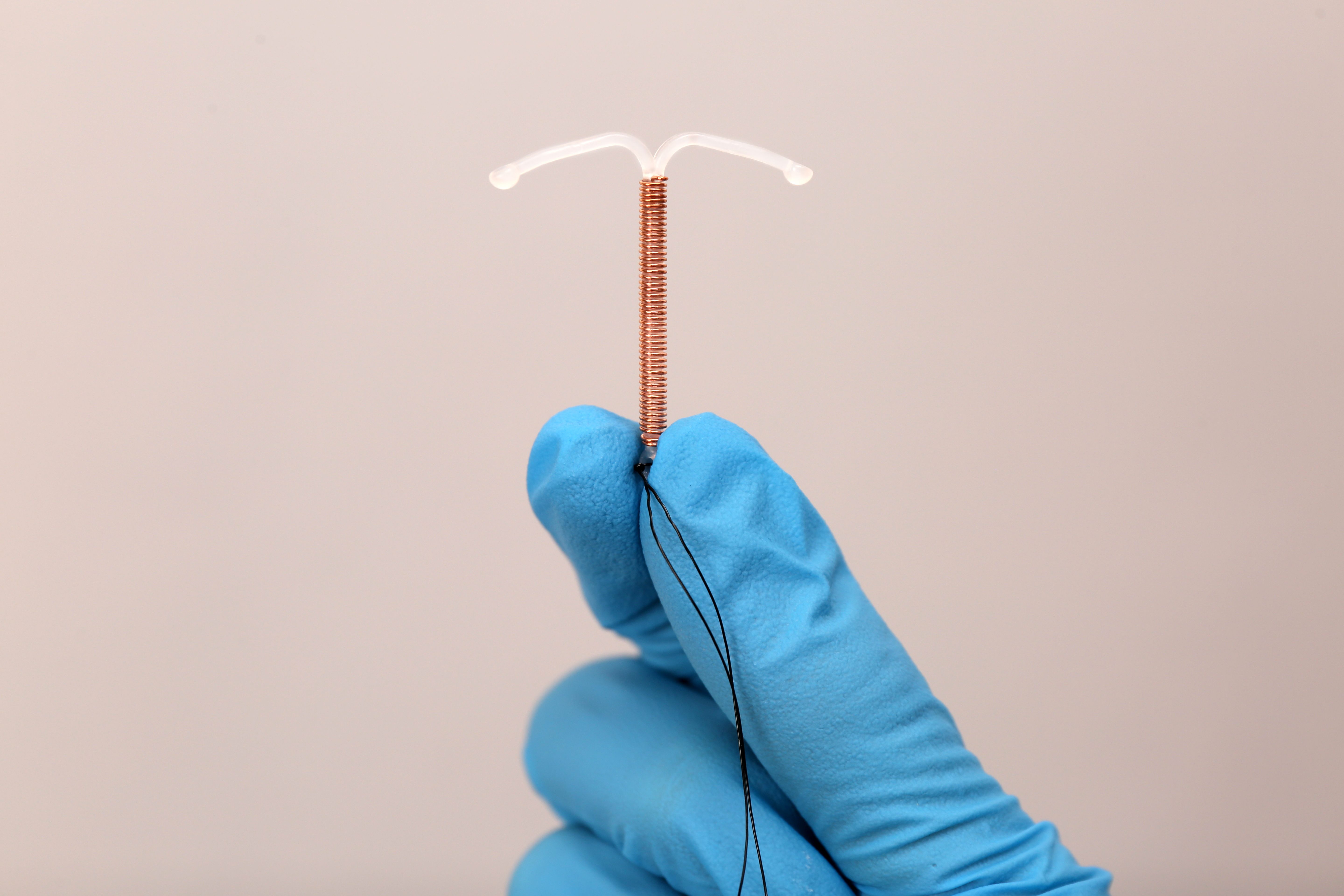Contraception use among patients with opioid use disorder
In a recent study, decreased use of long acting and permanent methods of contraception was found among patients with opioid use disorder.
Contraception use among patients with opioid use disorder | Image Credit: © New Africa - © New Africa - stock.adobe.com.

According to a recent study published in the Journal of Contraception, long actingand permanent methods of contraception (LAPM) are less likely to be given to patients with opioid use disorder (OUD).
Receiving contraception is associated with decreased risks of short-interval pregnancies, along with maternal and neonatal morbidity and mortality. LAPM has been indicated to be the most effective method of contraception, and use has risen during the past decade.
About 0.75% of pregnancies in the United States are impacted by OUD, which is associated with higher hospital length of stay, neonatal abstinence syndrome, and preterm birth. Rates of unplanned pregnancy were 75% to 90% in patients with OUD in 2011, compared to 45% in the general population.
Postpartum contraception is vital in patients with OUD. However, of this population, 21% to 25% receive postpartum contraception, compared to 72% of the general population. Data on differences in rates of receiving LAPM between these populations is lacking.
To evaluate inpatient provision (IPP) LAPM in patients with OUD, investigators conducted a retrospective cross-sectional study. Data from 2012 to 2016 was collected from the National Inpatient Sample, which includes 20% of hospital discharges in the United States. Delivery type, OUD presence, and IPP LAPM provision weredetermined using Diagnosis-Related Group codes.
Covariates included Unites States census region, race, age, hospital size, hospital location, hospitalization length, median household income, urbanization level, pre-existing comorbidities, delivery-related comorbidities, and non-opioid substance use. Hysterectomy during hospitalization was considered exclusion criteria for the analysis.
Rates of LAPM provision among patients with OUD were evaluated, along with differences in receiving LAPM between patients with and without OUD. There were 3,573,018 deliveries in the analysis, with OUD diagnosis during delivery observed in 0.6%.
Unweighted, IPP LAPM was given to 10.3% of patients with an OUD diagnosis compared to 6.9% of patients without an OUD diagnosis. When adjustments were made for variables, IPP LAPM use was decreased in patients with OUD. These patients were less likely to use permanent contraception but more likely to use long-acting reversible contraception.
Overall, decreased rates of LAPM provision were seen among patients with OUD compared to those without OUD. Investigators recommended improved LAPM access, antepartum contraceptive counseling, and removal of Medicaid policy barriers to increase LAPM use.
Reference
Malhotra T, Sheyn D, Arora K. Association of opioid use disorder and provision of highly effective inpatient postpartum contraception. Open Access J Contracept. 2023;14:95-102. doi:10.2147/OAJC.S411092
Preference for alternative contraceptive sources reported by many patients
October 31st 2024With nearly half of short-acting contraceptive users preferring non-traditional sources such as telehealth and over-the-counter options, a recent study highlights evolving patient needs in contraceptive access.
Read More
Recap on reproductive rights with David Hackney, MD, MS
December 20th 2022In this episode of Pap Talk, we spoke with David Hackney, MD, MS, maternal-fetal medicine physician at Case Western Reserve University and chair of ACOG's Ohio chapter for a full recap of where restrictions on reproductive rights have been and where they're going.
Listen
In this episode of Pap Talk, Gloria Bachmann, MD, MSc, breaks down what it means to be a health care provider for incarcerated individuals, and explores the specific challenges women and their providers face during and after incarceration. Joined by sexual health expert Michael Krychman, MD, Bachmann also discusses trauma-informed care and how providers can get informed.
Listen
